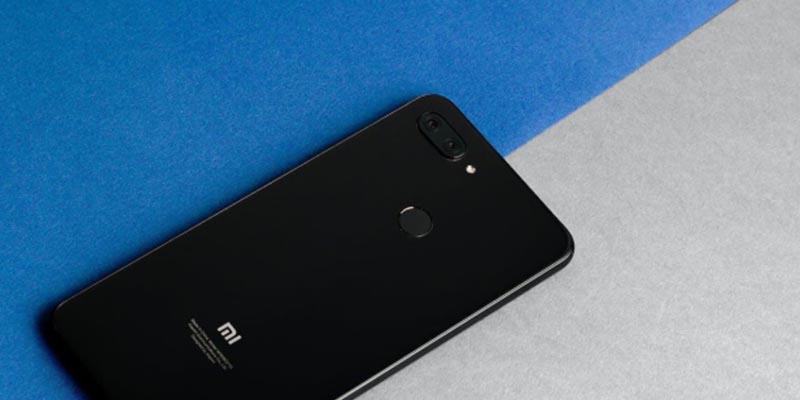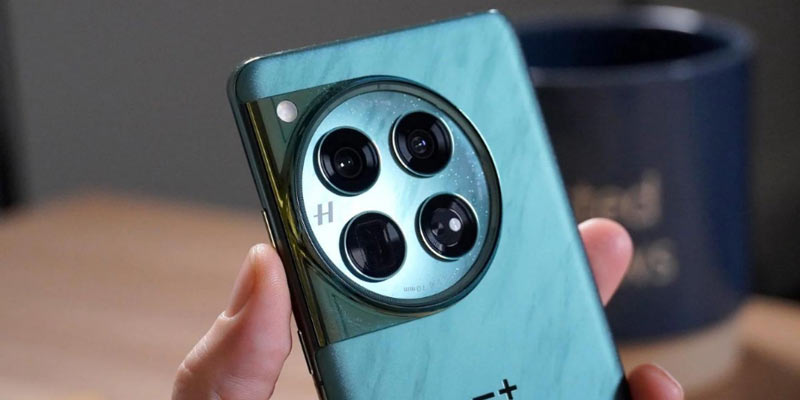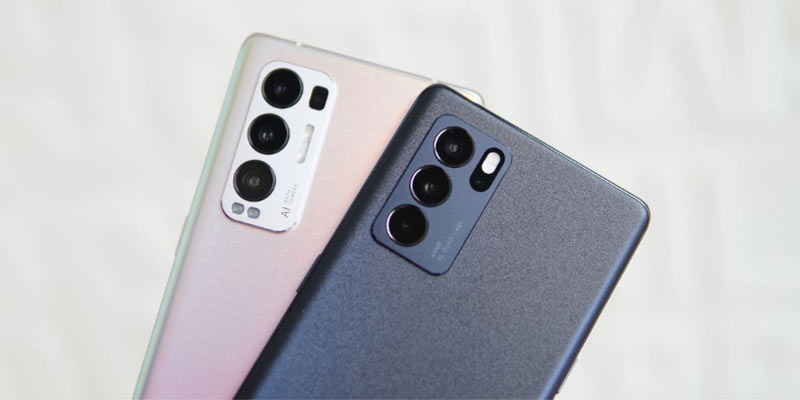Chinese tech giant Xiaomi turned 13 in 2023 and underwent significant software changes. The rumors about Xiaomi giving up on MIUI and introducing another operating system were true, as it turns out. The new HypreOS, which will supersede Xiaomi’s MIUI after 13 years, will be incorporated into Xiaomi’s range of smartphones and tabs. This shift marks a fundamental change in Xiaomi’s software world, which has gained immense attention and curiosity among technology buffs and Xiaomi users.
What is MIUI?
MIUI has been designed by Xiaomi, a China-based producer of smartphones and smart home devices, among others, that provides innovative technology solutions. MIUI focuses mainly on the Xiaomi handsets, but other Android phones can still use it via custom ROMs. It is a user interface that has become very popular because of its unique characteristics, possibilities of individual settings, or constant improvements.
The first MIUI was released in August 2010 for Xiaomi’s departure from the stock Android experience. Android was, at that time, the most prevailing smartphone operating system. Yet, MIUI aimed to offer the best eye-catching and functionally diverse platform. Xiaomi wanted to create an Android-like user interface but infused it with its uniqueness and functions.

Though MIUI was initially created with in mind of Xiaomi products, it is now appreciated by Android lovers in most cases. They are among several users who find MIUI flexible and loaded with features. Furthermore, many custom ROMs of MIUI are created for different types of Androids so that people can use the unconventional possibilities of MIUI on their smartphones even if they are not Xiaomi devices.
Here are some of the main features of MIUI:
- Customization: MIUI has numerous customization options that set it apart as one of the best software programs for modifying the user interface elements. The users can change themes, icons, wallpapers, fonts, and the structure of their home screen. Users are thus able to tailor their devices to suit their tastes.
- MIUI Themes: Themes on MIUI are very plentiful and change your Xiaomi in terms of looks and the feeling you get when using it. One will find these themes in the Xiaomi theme store with thousands of selection options, including minimalist designs and vibrant and fun themes.
- Gestures: Gesture-based navigation is integrated into MIUI, enabling people to navigate their phones by merely swiping and gesturing instead of pressing the usual keys and buttons. This makes using the device more enjoyable and convenient for users as they get immersed in the interactive navigation.
- Security: Security is highly emphasized in MIUI by Xiaomi. It has components like APP lock, which enables one to set a password for an application or use a fingerprint to lock particular apps, and a built-in security program, which facilitates data monitoring regarding security aspects and viral checking.
- Dual Apps and Second Space: A unique feature of MIUI is that it features dual apps where you can have multiple instances of an application running simultaneously on a single device. Moreover, the second space enables users to have distinct profiles on their gadgets, which is beneficial in keeping work/private lives separate.
- MIUI Updates: Xiaomi regularly rolls out MIUI updates that are usually aimed at addressing bugs and enhancing security and new capabilities. The interface’s immense popularity is due to this commitment to keeping regular updates accurate.
- Quick Ball: An adjustable floating shortcut allows easy navigation between typical applications and features. It is beneficial when operating with a single hand on a big phone.
- MIUI Apps: The OS also packs various pre-installed apps suited for managing files, taking down some notes, or using the built-in video player. These applications are developed to blend smoothly into the interface and generate a holistic user environment.
- App Vault: It gives users quick references in contacts, a handy calendar, weather forecast, favorite links, or even the most necessary applications. One can click the icon by swiping right from the home screen.
- Dark Mode: A system-wide dark mode was included by MIUI, which reduces eye strain in low light conditions as much as it conserves battery on devices with OLED displays.
What Will Happen to MIUI 15?
Now, let’s look at the sudden transformation of Xiaomi’s software naming. The sudden about-face has raised many eyebrows since MIUI has always been an integral part of Xiaomi phones. Nevertheless, this is an official statement signifying a future change in naming practice.
Many phone companies use different titles for their interfaces depending on a particular region. For example, Vivo operates OriginOS in China and FuntouchOS elsewhere, where both platforms derive from the Android OS.
The operating system should be differentiated from the user interface, which are often confused concepts. At its center is the OS, which has several enhancements and variations. These enhancements include user interfaces that have been improved aesthetically and in terms of functionality. On the other hand, manufacturers are free to tweak it on their terms, bringing users the personalized experiences they like.
Thus, what should we expect of Xiaomi’s software changes in China? However, rumors about MIUI 15 appeared months before it was publicly presented as part of a promotional campaign for the Redmi K60 Ultra phone. The MIUI 15 upgrade would have been among the best in one of the first smartphones intended for it. Nonetheless, Xiaomi has decided to change the operating system’s name as the OS is commonly used in naming interfaces made by Chinese manufacturers. As a result, MIUI will now be renamed ‘HyperOS’ in China.

Despite being the first to run HyperOS, Xiaomi MIUI 14 Series won’t tell whether their new OS could be accessed outside China. A user asked if someone would buy the Xiaomi mi9t, and in reply, Xiaomi’s CEO said, “Stay Tuned” with a winking smile emoji. Xiaomi is insinuating that they will apply their HyperOS experience to every Xiaomi smartphone worldwide, terminating it as we recognize it.
In terms of software, this is a massive change for Xiaomi, and the buzz around it has got everyone who cares about tech talking. Changing MIUI to HyperOS showcases Xiaomi’s resolve to provide different and unique experiences for their global users. Given these circumstances, HyperOS has the potential to shape the future of Xiaomi’s devices and contribute to the company’s advancement as it progresses further in the international smartphone arena.
What Will the New System Be?
Contrary to the previous hopes that HyperOS will substitute MIUI in the world market, Xiaomi’s future software terrain appears to be changing. MIUI will still be available for other markets, whereas Hyperos is destined for China alone. Although they will still have a similar core, users of the HyperOS version may get extra customizations you cannot get from the MIUI system.
Vela is what the company calls their highly evolved proprietary platform, which they use as a foundation with hyperOS, which uses the highly developed version of Android called HyperOS. These combinations comprise a radical change in the framework that will strengthen the growing Internet of Everything with billions of units and links.
Curiosity lies in a Telegram channel called ‚ÄúXiaomi HyperOS,” which is not associated with Xiaomi-released APKs from an unofficial developer build with build number 23.9.28. For instance, Xiaomi’s daily developer build has a date format of YY.M.DD, which means this ROM is from 28/09/2023. The APKs will then be manually pushed into devices that run the Miui 14 Android version (Android 13) to give users an early view of what lies ahead.
The quick setting toggles show A remarkable change in the control center. Core apps such as File Manager, Weather, Messages, Gallery, Calendar, and Clock also had an extensive UI makeover, as did the Security app. Additionally, there is a significant makeover in progress in the Wallpaper and Personalization areas of the Settings application concerning, for instance, the lock-screen menu. It is plausible that this operating system will come with many ready-made lock screen variants, and users could also be allowed to create their own personalized lock screen, similar to how it goes in the case of Android 14. HyperOS has a method of incorporating status bar indicators for battery and charge animations as well.
The other significant element in MIUI download is the updated AOD styles in the latest AOD system app. On the other hand, details about MIUI 15’s advanced features are beginning to surface. It should provide a better clipboard function whereby one can copy text and images with files. Samsung and Galaxy Pixel smartphones are already equipped with this feature, but it will take time for Xiaomi, Redmi, and POCO to incorporate these features.
MIUI 15 is also expected to incorporate a quick-paced sound volume increment of 200%, probably through a symbolic widget inside the notification bar. Moreover, the upcoming MIUI 15 seems to provide Ultra HDR images, improving the brightness and color saturation and providing rich contrast, leading to a natural photo look. The Android 14 will also support saving and viewing 10-bit HDR images so you can look closely into these images, creating a better experience.




